The Vienna Classical Period stands as one of the most luminous chapters in the history of Western music. Spanning roughly from the mid-18th century to the early 19th century, this era was defined by an extraordinary convergence of artistic brilliance, cultural refinement, and structural innovation. The city of Vienna, then the vibrant heart of the Habsburg Empire, became the epicenter of a musical revolution that would forever alter the course of composition and performance. What emerged was a golden age—a time when music attained unprecedented clarity, balance, and emotional depth.
At the core of this movement were three towering figures whose works continue to shape our understanding of classical music: Joseph Haydn, Wolfgang Amadeus Mozart, and Ludwig van Beethoven. Though each possessed a distinct voice, they shared a common commitment to formal perfection and expressive richness. Haydn, often called the "Father of the Symphony," brought wit and structural ingenuity to the genre. Mozart, the child prodigy who matured into a master of sublime melody, infused his compositions with unparalleled grace. Beethoven, the bridge to Romanticism, pushed classical forms to their limits with raw emotional power. Together, they created a legacy that remains the foundation of orchestral and chamber music repertoire.
The social and intellectual climate of Vienna played a crucial role in fostering this creative explosion. The city's aristocratic patrons, though sometimes capricious in their support, provided composers with both the means and the motivation to produce groundbreaking work. Salons and concert halls buzzed with intellectual exchange, where Enlightenment ideals met artistic ambition. This was a world where music was not merely entertainment but a vital form of human expression—a language capable of conveying the full spectrum of thought and feeling. The result was a repertoire that balanced complexity with accessibility, speaking equally to connoisseurs and casual listeners.
One cannot discuss the Vienna Classical Period without acknowledging its transformative impact on musical form. The symphony evolved from a modest courtly diversion into a grand architectural statement. The string quartet emerged as a medium for intimate yet profound discourse among instruments. Sonata form crystallized as the dominant structural principle, allowing for both rigorous development and dramatic contrast. These innovations were not merely technical exercises; they represented a new way of thinking about music as a narrative art—one capable of tension, resolution, and psychological depth.
The piano, then a relatively new invention, came into its own during this period. Composers exploited its dynamic range and expressive possibilities, creating a wealth of sonatas, concertos, and variations that remain central to the instrument's repertoire. Mozart's crystalline piano concertos and Beethoven's tempestuous sonatas demonstrate how the Vienna Classics turned the keyboard into an orchestra unto itself. This technological synergy between composition and instrument design became a hallmark of the era's forward momentum.
What truly distinguishes the Vienna Classical Period is its enduring vitality. Unlike some historical styles that feel frozen in their time, the music of Haydn, Mozart, and Beethoven continues to breathe with astonishing immediacy. Modern audiences still gasp at the unexpected harmonic turns in a Haydn finale, shed tears during Mozart's operatic ensembles, and feel their pulses quicken with Beethoven's rhythmic drive. This timeless quality speaks to the profound humanity embedded in the notes—the way these composers captured joy, sorrow, humor, and triumph with universal resonance.
The influence of the Vienna Classics extends far beyond the concert hall. Their approaches to thematic development, orchestration, and emotional architecture became the grammar for subsequent generations of composers. Even those who rebelled against classical restraint—the Romantics, the Modernists—did so in dialogue with the foundations laid in Vienna. The very notion of what constitutes a "masterpiece" in music still bears the imprint of this golden age's aesthetic values.
Today, as period instrument ensembles rediscover the original textures and tempos of these works, and as scholars uncover new layers of meaning in well-known scores, the Vienna Classical Period reveals itself to be ever richer. Its music remains not as a relic behind glass, but as a living tradition—one that challenges performers to find fresh interpretations while respecting the composer's intent. In an age of fleeting digital distractions, these carefully constructed sonic universes continue to demand and reward deep listening.
Perhaps the ultimate testament to this era's greatness lies in its ability to speak across centuries. When the opening notes of a Mozart overture fill a concert hall, or when a Beethoven symphony blazes through speakers, time collapses. The meticulous craftsmanship, the emotional honesty, and the sheer beauty forged in Enlightenment Vienna transcend their historical moment to touch something eternal in the human spirit. That is the true gold of this extraordinary musical age—an alchemy that still transforms listeners today.

By /Aug 7, 2025

By /Aug 7, 2025
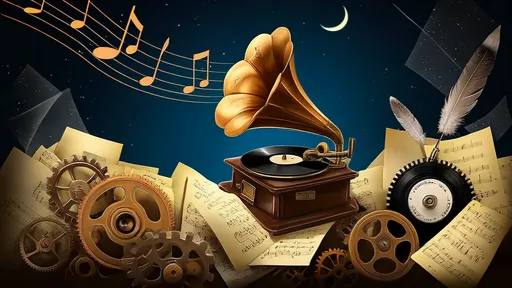
By /Aug 7, 2025
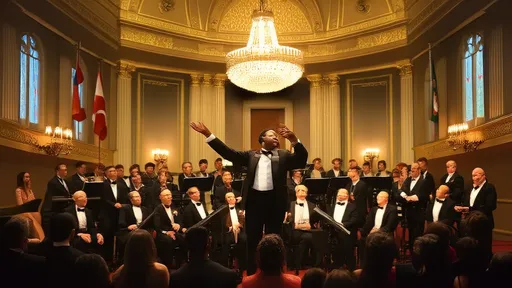
By /Aug 7, 2025

By /Aug 7, 2025
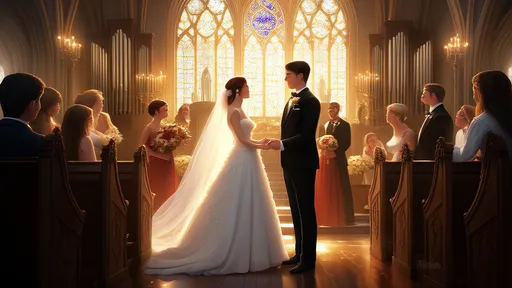
By /Aug 7, 2025
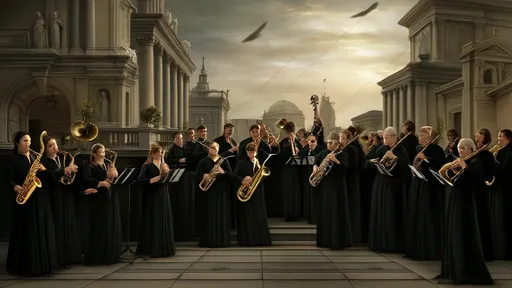
By /Aug 7, 2025

By /Aug 7, 2025
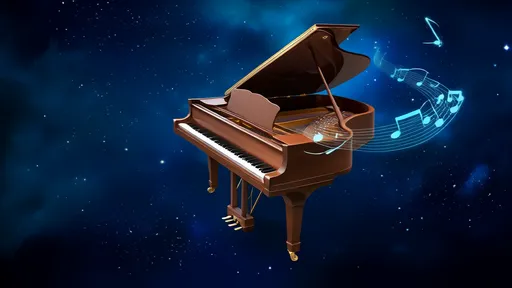
By /Aug 7, 2025
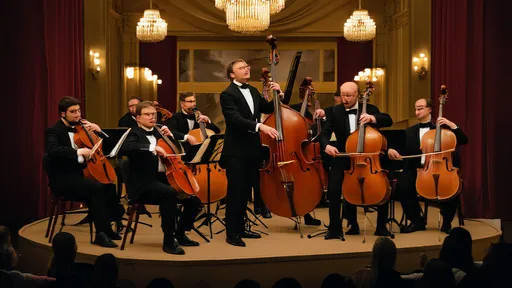
By /Aug 7, 2025

By /Aug 7, 2025
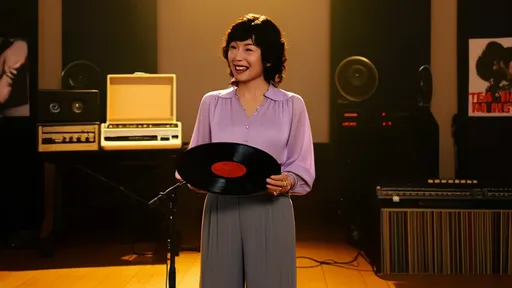
By /Aug 7, 2025

By /Aug 7, 2025

By /Aug 7, 2025
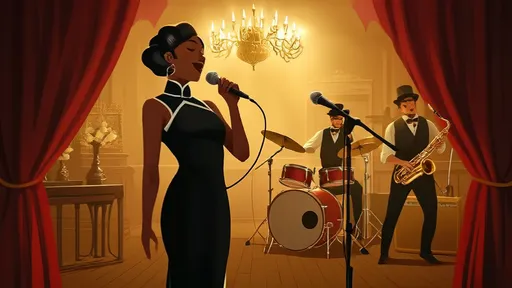
By /Aug 7, 2025
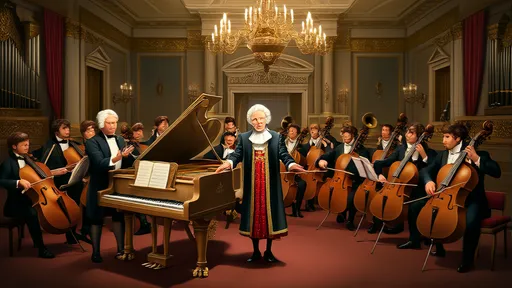
By /Aug 7, 2025
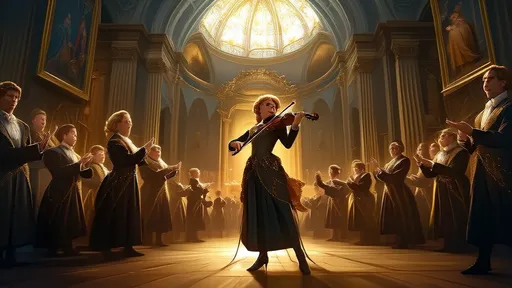
By /Aug 7, 2025

By /Aug 7, 2025
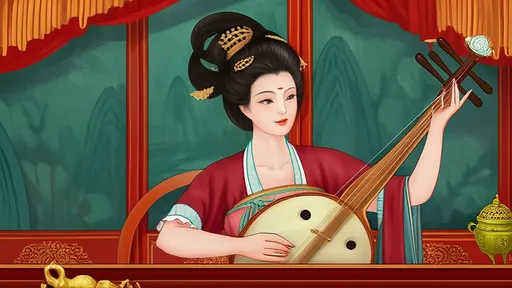
By /Aug 7, 2025
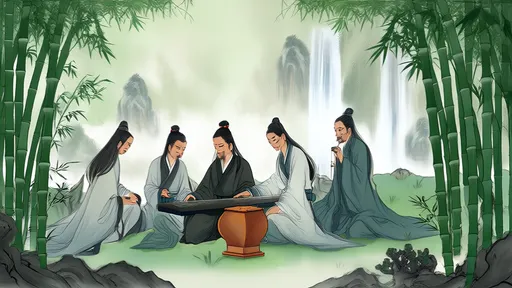
By /Aug 7, 2025